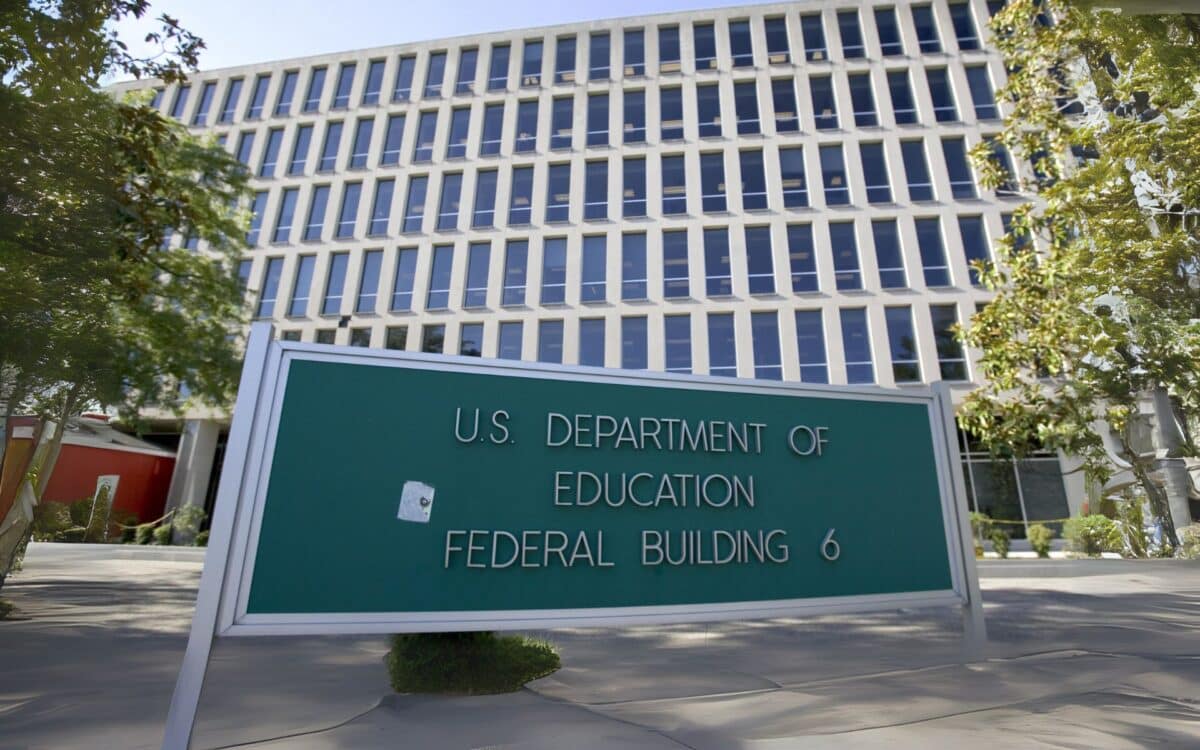Starting next month, the U.S. Education Department will resume its efforts to collect on defaulted federal student loans, including the potential for garnishing wages from millions of borrowers.
This marks the end of a pause that began during the COVID-19 pandemic, when federal student loans, including those in default, were not referred for collection. The return to collections will impact millions of borrowers who have been in forbearance for several years.
According to AP News, the Education Department’s decision is part of a broader effort to address overdue debts and return borrowers to repayment after a long period of relief.
Collection Resumes After COVID-19 Pause
As of now, approximately 5.3 million federal student loan borrowers are in default. The Trump administration’s announcement marks the end of a period of leniency that started during the COVID-19 pandemic.
No federal student loans, including those in default, have been referred for collection since March 2020. This suspension officially ends on May 5, 2025, when the Education Department will begin using the Treasury Department’s offset program to withhold payments such as tax refunds, federal salaries, and other government payments from people with past-due debts.
In addition to the 5.3 million borrowers already in default, another 4 million borrowers are 91 to 180 days late on their loan payments. This leaves fewer than 40% of all borrowers current on their student loan payments.
Controversy Over Debt Collection Decision
The decision to send defaulted loans to collections has been met with considerable backlash. Mike Pierce, executive director of the Student Borrower Protection Center, described the move as
Cruel, unnecessary and will further fan the flames of economic chaos for working families across this country.
Many borrowers have been navigating a period of uncertainty, as policies surrounding student loans have fluctuated under both the Trump and Biden administrations.
Education Secretary Linda McMahon responded to the criticism, emphasising that
American taxpayers will no longer be forced to serve as collateral for irresponsible student loan policies.
Her statement reflects the administration’s commitment to enforcing repayment as a way to ensure long-term financial stability.
Understanding the Default Process and Borrower Challenges
After several years of pauses in loan payments, the grace period officially ended in October 2024. Borrowers who do not make payments for nine months enter default, which negatively affects their credit and leads to collection efforts.
Kristin McGuire, executive director for Young Invincibles, pointed out that many borrowers are in default not because they don’t want to pay, but because they
Can’t pay their loans and don’t know how to pay their loans.
The complexity of repayment plans has only increased, particularly with legal challenges surrounding income-driven repayment programs.
The Role of Loan Rehabilitation Programs
For borrowers in default, entering a loan rehabilitation program is one option to avoid wage garnishment. This process requires borrowers to work with their loan servicers, provide proof of income and expenses, and make nine consecutive months of on-time payments.
Once this is completed, they will be removed from default status. However, loan rehabilitation can only be used once, making it a critical decision for borrowers facing garnishment.
Income-Driven Repayment Programs and Legal Uncertainty
The Biden administration introduced income-driven repayment plans, such as the SAVE Plan, which were initially seen as more lenient.
However, after a February court ruling, some of these payment plans were blocked, creating further confusion. Borrowers in the SAVE Plan were placed in forbearance, meaning they received relief from payments but still accrued interest.
Additionally, in February, the Education Department temporarily took down applications for income-driven repayment programs, only to restore them a month later.
Biden’s Student Loan Cancellation Efforts
Despite legal setbacks, President Biden’s administration has overseen significant loan cancellation efforts.
Over 5 million borrowers saw their loans canceled, and the administration waived more than $183.6 billion in student loans through expanded forgiveness programs.
However, the Supreme Court rejected Biden’s broader student loan relief proposal, which would have forgiven even more loans.
In response to the ongoing debate over student loan policies, Education Secretary Linda McMahon stated that the department, in conjunction with the Department of Treasury, will now manage the student loan program responsibly and according to the law.
Going forward, the Department of Education, in conjunction with the Department of Treasury, will shepherd the student loan program responsibly and according to the law, which means helping borrowers return to repayment — both for the sake of their own financial health and our nation’s economic outlook – McMahon said.









